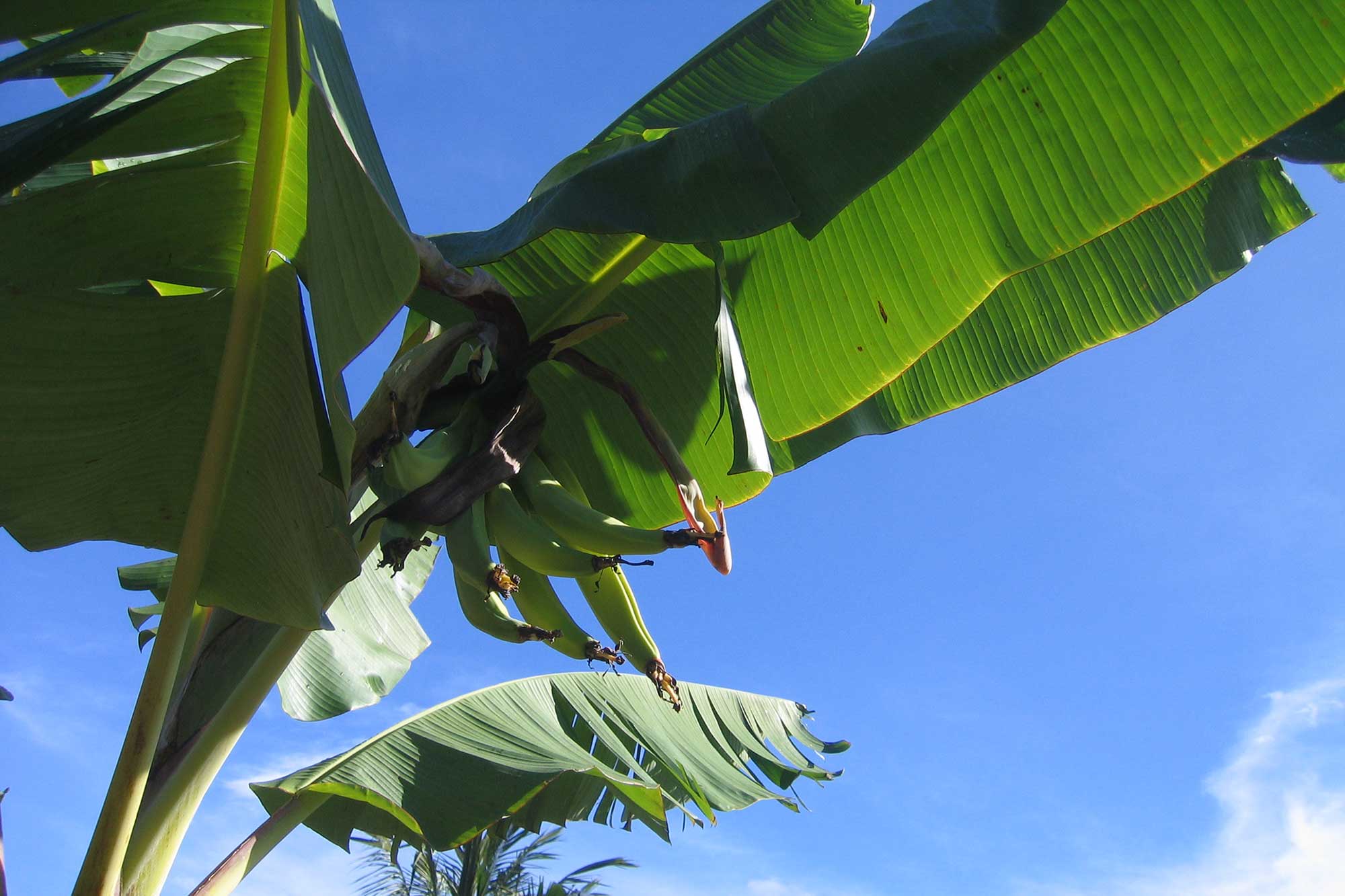Roy Ellen writes:
My main published empirical research in ethnobiological classification remains a 1993 monograph, in which I examined Nuaulu animal classification. However, in 1996 I was awarded an ESRC grant to look at Nuaulu forest knowledge in a situation of environmental change, one outcome of which was a detailed Nuaulu Ethnobotanical Database (currently 1012 records for vascular plants). This involved the development of an in situ elicitation methodology involving sequences of plot surveys, in addition to ethnographic interviews.
This work was conducted in collaboration with Kew Gardens and the Indonesian national herbarium in Bogor. Although some of these data have been analysed and published subsequently (e.g. Ellen 1998a, 1999a, 2007, 2008, 2010), there existed until 2020 no comprehensive and critical description of Nuaulu plant classification in the public domain. In 2015 I was able to undertake further fieldwork, fill in some of the gaps, collect additional specimens and refine the database. Separate but complementary projects, funded by the ESRC and British Academy respectively, have focused on the ethnobotany and knowledge of sago (Metroxylon sagu: e.g. Ellen 2006) and cassava (Manihot esculenta: e.g. Ellen, Soselisa and Wulandari 2012).
The present project completes this work in a substantial and definitive monograph entitled The Nuaulu World of Plants: Ethnobotanical Cognition, Knowledge and Practice Among a people of Seram, Eastern Indonesia, published by the Royal Anthropological Institute in association with Sean Kingston Publishing (December 2020). The list of contents is as follows:
- Introduction
- How Nuaulu experience and talk about their plant world
- From words to categories: ferns and their allies
- Villages, swiddens and fallows
- Trees, lianas and forest
- Pandans, palms and bamboos
- Shrubs, herbs and utilitarian groups
- The correspondence between Nuaulu plant names, categories and scientific taxa
- Plant knowledge and time
- Rethinking ethnobotanical classification
- Nuaulu ethnobotany and theories of cultural cognition
- References
Appendices
- List of plant taxa and supporting vouchers for Nuaulu plant terms discussed in the text, arranged phylogenetically
- Alphabetical index of Nuaulu plant names with scientific identifications
- Alphabetical index of scientific plant taxa with Nuaulu names
- The results of eleven plot surveys of Nuaulu forest undertaken in 1996
- Abbreviations and conventions used in text and appendices
References
* * *
The project has also seen to completion the Nuaulu Ethnobotanical Database (NED) and a herbarium of vascular plants collected during the project. The latter is currently lodged in the Ethnobiology Laboratory of the University of Kent.
